In its latest feature with an assist from augmented reality in storytelling, the New York Times shows readers the virtual crime scene it constructed to prove that the Syrian military conducted chemical warfare against its citizens.
In the article, "How We Created a Virtual Crime Scene to Investigate Syria's Chemical Attack", readers (using the NY Times app for iOS or Android) can place the 3D model of the detonation scene in their physical environment and walk around the remains of a chlorine bomb. As they examine the scene, annotations appear that highlight the evidence. As usual, users can switch between life-sized and tabletop scale models.


The attack occurred on April 7 at an apartment building in Douma, a town outside of Damascus. While a United Nations report reveals that chlorine gas killed as many as 49 people in the attack, Syrian and Russian officials deny that any attack took place, with Russian media reports claiming that the attack was staged.
The apartment building where the attack took place is inaccessible to media, so examining evidence of the attack first hand was prohibitive. Instead, the Times and Forensic Architecture, a research agency at Goldsmiths, University of London, were able to create a 3D model of the scene from those same Russian media reports combined with additional footage from Syrian activists. From the model, evidence shows that a military helicopter dropped the bomb containing chlorine gas.
"It was assembled using photos and videos from a variety of sources, and employed projection mapping techniques to use the photographic evidence directly on the depiction of the weapon. We provide the model in two forms in AR: life-size and model scale. The default is life-size since the scene is just about small enough to fit in a reasonable amount of space and gives you the best spatial understanding. You could actually call this an interactive Virtual Reality experience that leverages AR technology in that it is less about seeing it in the context of your space, and more about the interaction mode we can provide of that space," said Graham Roberts, director of immersive platforms for the New York Times, in an email to Next Reality.
This story, along with its feature on the eruption of Volcán de Fuego in Guatemala shows how augmented reality can be used to bring readers closer to the raw subject matter than ever before. It would appear that AR is better suited for features than breaking news, but Roberts asserts that applying AR to hard news reporting is possible.
"From a technology standpoint, AR can, in fact, be turned around at breaking news speed, as long as the execution is relatively simple — an object without too much interaction for example. Most of what takes a lot of time at this point is this innovation side . . . working to push the medium forward and explore new things each time we publish. For our story on the devastation from the volcano in Guatemala, the constrains were tied to what any story like this would have — access, news judgment, and thorough reporting — not so much the fact that we chose AR as the medium to deliver it," said Roberts.


"The timeline is very specific to each project, and is trending shorter as we create efficiencies and learn more what works. That said, each time we are trying new things and so that requires further attention to new design interactions to understand what works intuitively. This is still a very new kind of interaction to offer to our readers, so nothing can be taken for granted when it comes to user interaction design. On average I'd say we are in the two-to-five weeks range," said Roberts.
Moreover, the latest story demonstrates how augmented reality acts as a tool for investigative journalism, particularly in scenarios where access is restricted.
"New technologies like 3-D modeling in augmented reality and virtual reality offer a new level of remote access and understanding of crime scenes that can benefit human rights investigations. It has been done for more than a decade using satellite imagery and other remote sensing," wrote the Times.
With six augmented reality features under its belt since January, the New York Times appears to be committed to the medium as a means of storytelling. Its potential in an investigative role, though, is especially tantalizing.
Just updated your iPhone? You'll find new emoji, enhanced security, podcast transcripts, Apple Cash virtual numbers, and other useful features. There are even new additions hidden within Safari. Find out what's new and changed on your iPhone with the iOS 17.4 update.





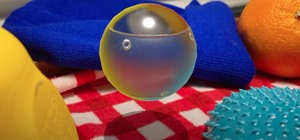
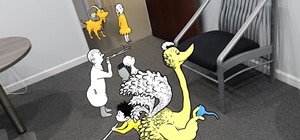
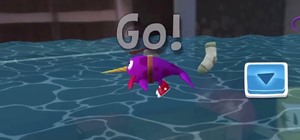

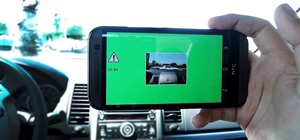
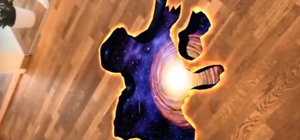

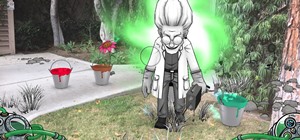



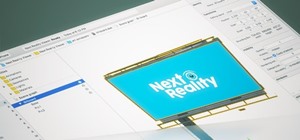




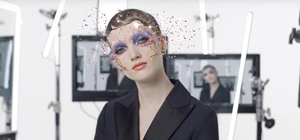

Be the First to Comment
Share Your Thoughts